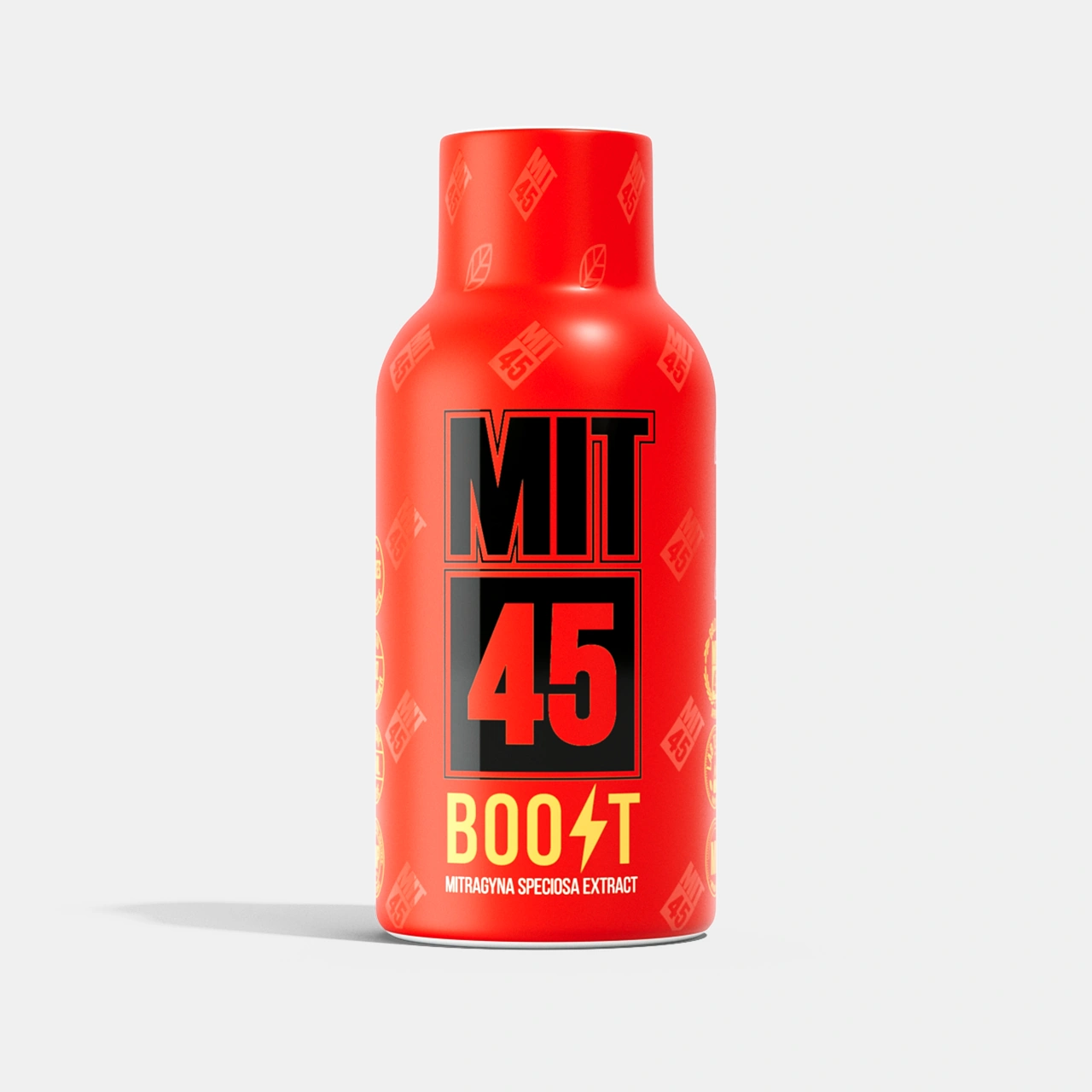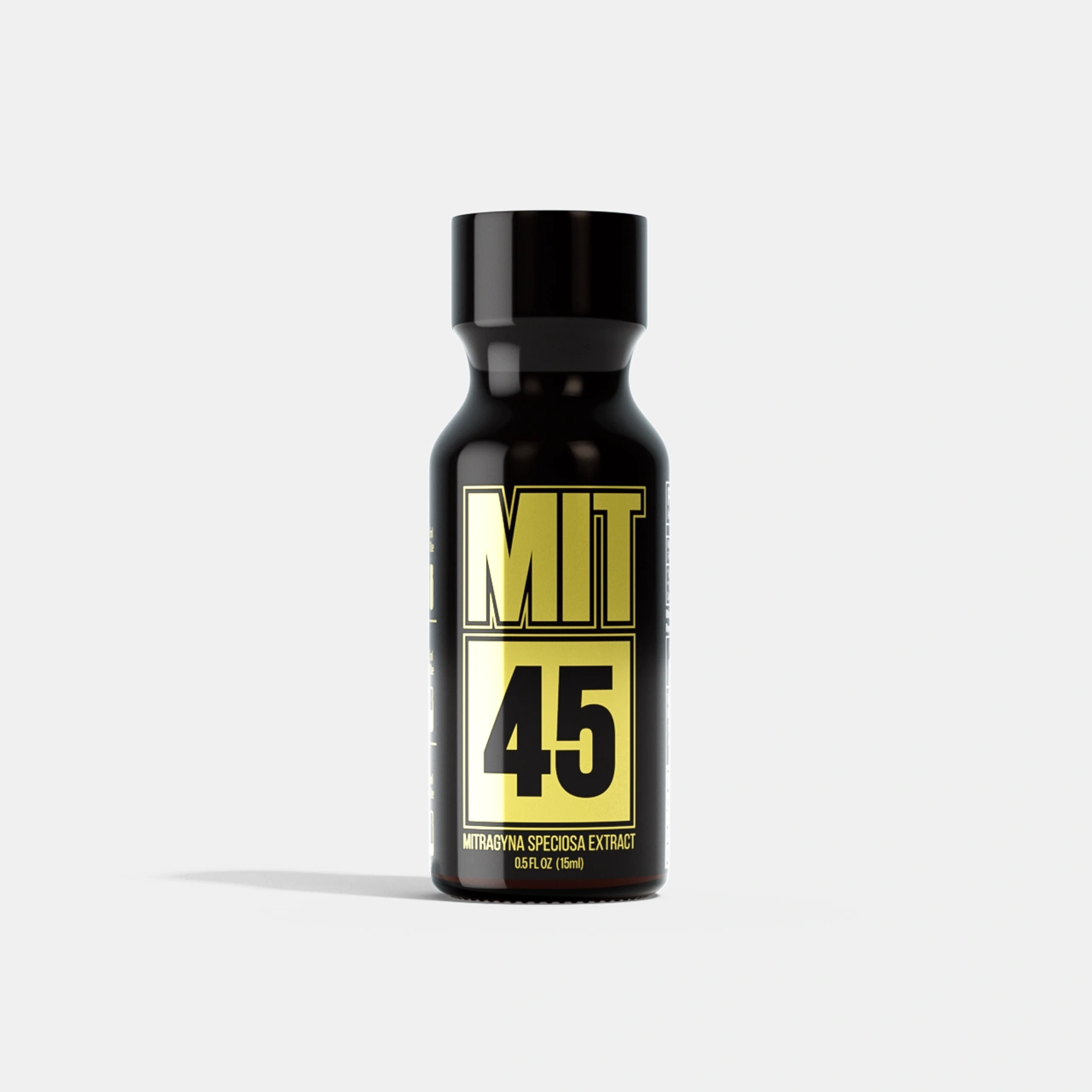Seen as a form of self-improvement, biohacking is a strategic way to get in touch with your body—and make it better. It’s often referred to as a sort of “citizen science,” a way for the everyday person to get in better touch with how their own body can be modified and enhanced.
Join the movement today by understanding how herbs and botanical biohacking, like kratom, play a part in living better.
What is Biohacking?
Biohacking means a lot of different things to a lot of different people, and often lacks a standard definition. In general, it’s defined as a type of strategic biological experimentation designed to improve, enhance, or modify the qualities of a living being in order to make them better.
Although this type of genetic engineering can be accomplished in a lab, it’s gained popularity recently as a method embraced by individuals looking outside traditional medicine or science. Basically, biohacking encourages individuals to become do-it-yourself (DIY) biologists by safely experimenting on their own bodies.
For some, this is as simple as trying a new diet or substance, and then examining the results. For others, it means extensive research on an array of devices they intend to implement in their daily life. Sometimes, it’s a combination of methods, such as trying a new diet and using a continuous glucose monitor to better understand your body’s response to certain foods.

Image courtesy of Andrii Shevchuk.
Can Botanicals Help with Biohacking?
Since the intent of biohacking is to make the body function more efficiently, botanicals and herbs commonly come up when discussing this niche topic. One popular form of biohacking deals with nutrigenomics, or the way food interacts with your DNA and can change the way it’s expressed. Many herbs and botanicals fall into the nutrition category, so it makes sense that both scientists and everyday experimenters are interested in studying the effects of these substances.
Every body is different, so it’s difficult to predict exactly how biohacking with herbs and botanicals will work for you individually. However, there are many ways to approach herbal biohacking in a safe way.
Experimenting with Herbs
A key aspect of safely biohacking is having a strategy. Instead of experimenting without a plan, it’s important to research and understand how a new substance may interact with your body before introducing it into your routine.
Don’t know where to start, or how to experiment safely? Check out our resources on herbal support, which provide a helpful framework for choosing between botanical brands.
Just because biohacking is considered “DIY” doesn’t mean you must do it completely on your own! In fact, many biohackers recommend working closely with an expert during the beginning stages of biohacking in order to conduct at-home experiments in a more safe, standardized way. If you’re feeling overwhelmed, enlist the help of an expert, such as a certified holistic healthcare practitioner.
Advice For Kratom Biohacking
Although not a major source of vitamins and minerals, future scientists may discover that kratom has nutrigenomic value—only time will tell! While there’s not much scientific evidence to rely on at the moment, many kratom users consider the substance a type of “life hack” for their own personal health and wellness journey.
Like other botanicals, you’ll want to research kratom before using it as part of your biohacking efforts. In addition to resources on herbal support, the MIT45 blog has an entire section on Kratom 101. These resources can help you discover which form(s) of kratom could be a good fit for you, along with other questions that might come up in your biohacking journey (such as questions about onset, duration, uses, and effects).
One interesting way to “level up” kratom’s potential is to consume it alongside additives. Certain additives, or substances consumed in tandem with kratom, are thought to increase kratom’s bioavailability and can affect how much kratom your body absorbs. If you’re curious about kratom additives, but don’t know where to begin, try experimenting with a kratom smoothie.

Image courtesy of Titiwoot Weerawong.
The Bottom Line on Botanical Biohacking
Basically, there’s no wrong way to biohack, as long as you experiment in a safe way. Botanicals and herbs can be a great place to start, and becoming a DIY biologist can be a great way to get to know your body better. Kratom, in particular, may easily be able to fit into your biohacking routine. Remember, research, resources, and experts can help you along the way!
References
Jewell T. Guide to Biohacking: Types, Safety, and How To. Healthline.com. Published January 2019.
Marr B. What’s Biohacking? All You Need to Know About The Latest Health Craze. Forbes.com. Published February 2021.
Merriam-Webster. Biohacking. Merriam-webster.com. Accessed September 2023.
The Random House Unabridged Dictionary. Biohack. Dictionary.com. Accessed September 2023.
Yetisen AK. Biohacking. Trends Biotechnol. 2018;36(8):744-747.





